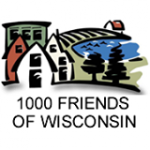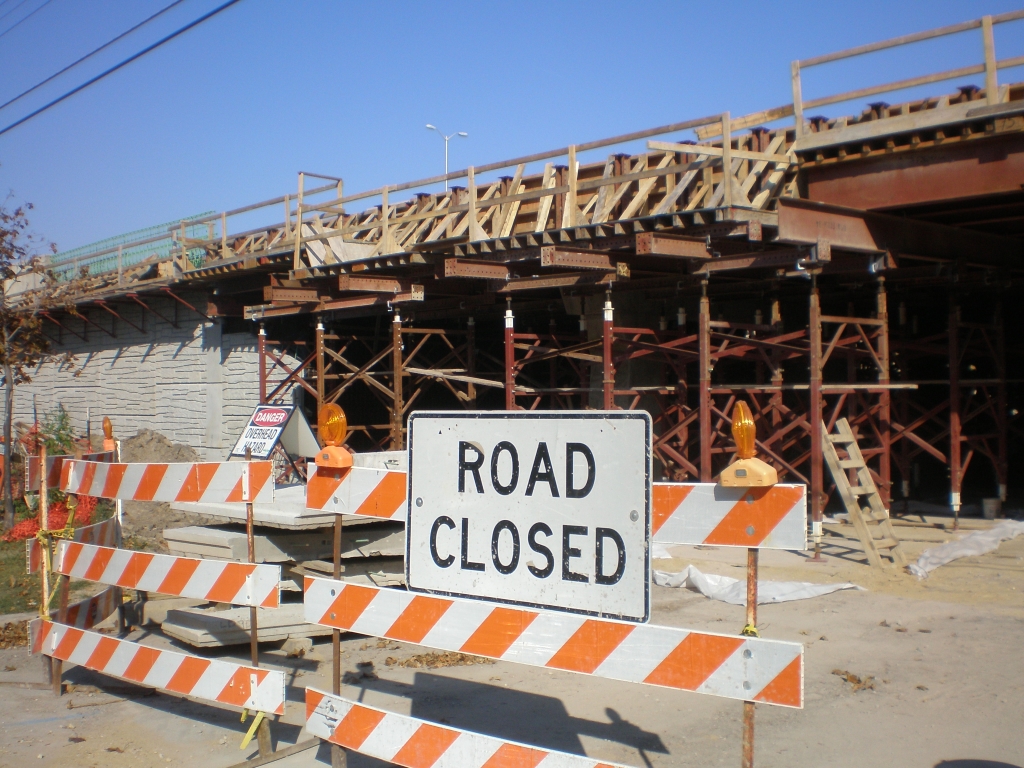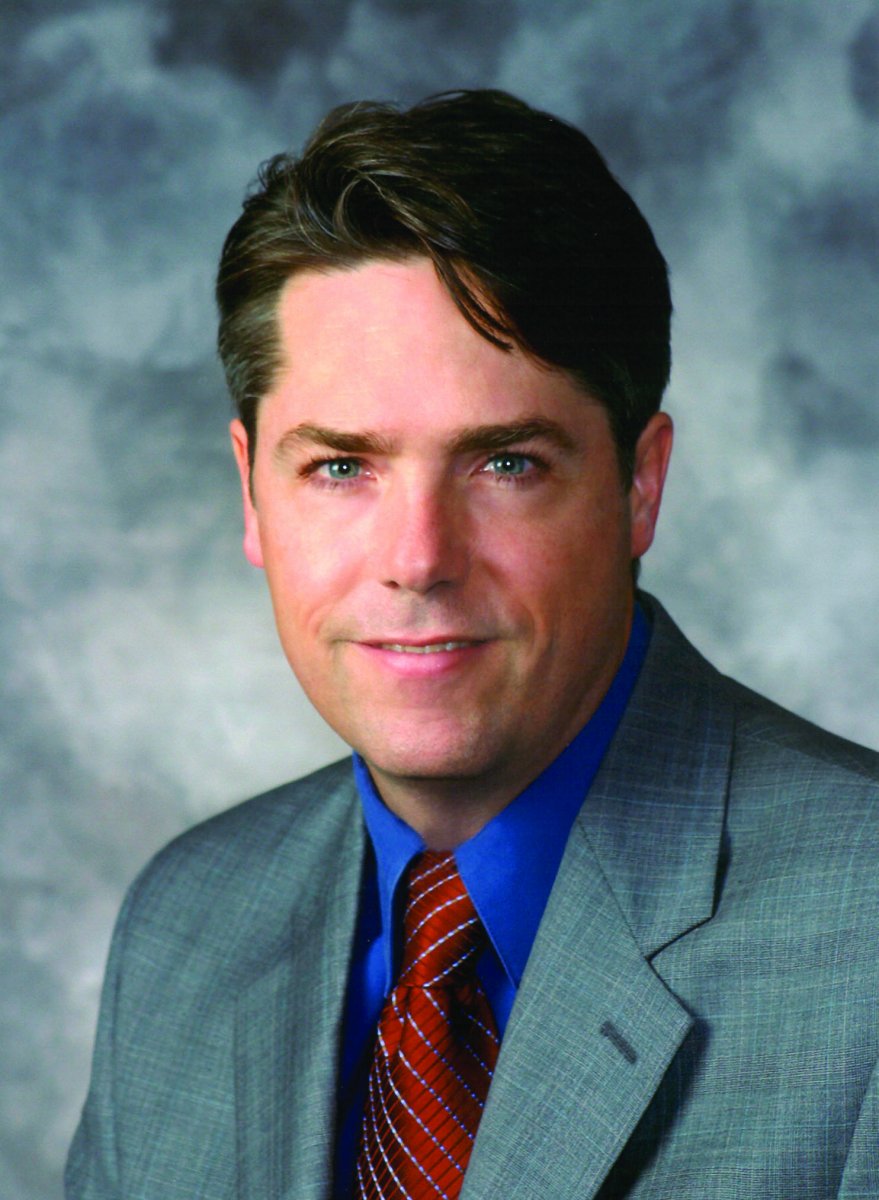Local Leaders, Community Members Show Gaps in Milwaukee Region’s Transportation System
New report highlights the growing need for transit access across the state
MILWAUKEE – Today transit riders, activists and transportation experts gathered to release a first-of-its-kind report, Arrive Together: Transportation Access and Equity in Wisconsin. The study shows how the transportation system is failing to meet people’s needs in communities across Wisconsin. Authors examined the effectiveness of public transit access to major employers and other areas of interest in nine cities and regions across Wisconsin, including in Milwaukee, Waukesha County, and Racine.
“There’s a lot of conversation happening right now about the state of our roads, but we don’t talk as much about another critical component of our transportation system: public transit,” said Ray Grosch, member of the interfaith group SOPHIA in Waukesha County and contributing author. “This report examines how well the transportation system is working for those people who are unable to drive, or can’t drive, or don’t want to drive. Sadly, the answer is: not very well.”
Milwaukee County Transit System (MCTS) is the largest transit system in the state. It connects thousands of riders each day to jobs, school, medical appointments and other destinations. But a lack of funding from the state has led to inadequate service that leaves many riders struggling to access opportunity due to long travel times, cumbersome transfers to cross the region, or high fares.
Statewide, the report’s authors identify a lack of transit access to school, work, the grocery store, the doctor’s office, and other places of interest. These gaps in the transportation system disproportionately impact those who are unable to drive or cannot afford to drive – including seniors, people with disabilities, low- to middle-income Wisconsinites, and young people.
In Milwaukee and Waukesha Counties, a lack of transit investment has left many workers without cross-county access to some of the areas with the fastest job growth in the region, whether in New Berlin, Germantown, or elsewhere. Workforce connectivity challenges will only intensify once the JobLines – MCTS routes 6 and 61 that link Milwaukee to the suburbs – end in January because of a lack of funding.
The report concludes that, while each community faces unique challenges in providing transportation access to points of interest, the absence of consistent and sufficient funding for public transportation is a major hurdle across the board.
Demographic changes will likely exacerbate these challenges in the future: Statewide, communities are already struggling to meet the transportation needs of a growing population of seniors, and to retain young people who increasingly want to live in transit-friendly, walkable, bikeable towns and cities. The authors identify increased transit funding and better coordination between municipalities as viable solutions to many transportation challenges outlined in the report.
“The bottom line is this: If we want a 21st century transportation system that works for everyone, we have to start talking about and investing in public transportation,” concluded Skopec.
To view a full copy of the report, visit sierraclub.org/Wisconsin/ArriveTogetherReport.
NOTE: This press release was submitted to Urban Milwaukee and was not written by an Urban Milwaukee writer. While it is believed to be reliable, Urban Milwaukee does not guarantee its accuracy or completeness.
Mentioned in This Press Release
Recent Press Releases by 1000 Friends of Wisconsin
Local Leaders, Community Members Show Gaps in Milwaukee Region’s Transportation System
Oct 23rd, 2018 by 1000 Friends of WisconsinNew report highlights the growing need for transit access across the state
Flawed Traffic Forecasts Ends Federal Funding in Huge Victory for Taxpayers
May 23rd, 2015 by 1000 Friends of WisconsinFederal Court Derails Highway 23 Project
City of Milwaukee Artist of the Year
Jan 27th, 2014 by 1000 Friends of WisconsinEvelyn Patricia Terry, an artist, educator, and curator, and Barbara Leigh, co-founder of what has become the Milwaukee Public Theatre, were named Artists of the Year, the Milwaukee Arts Board announced today.
























